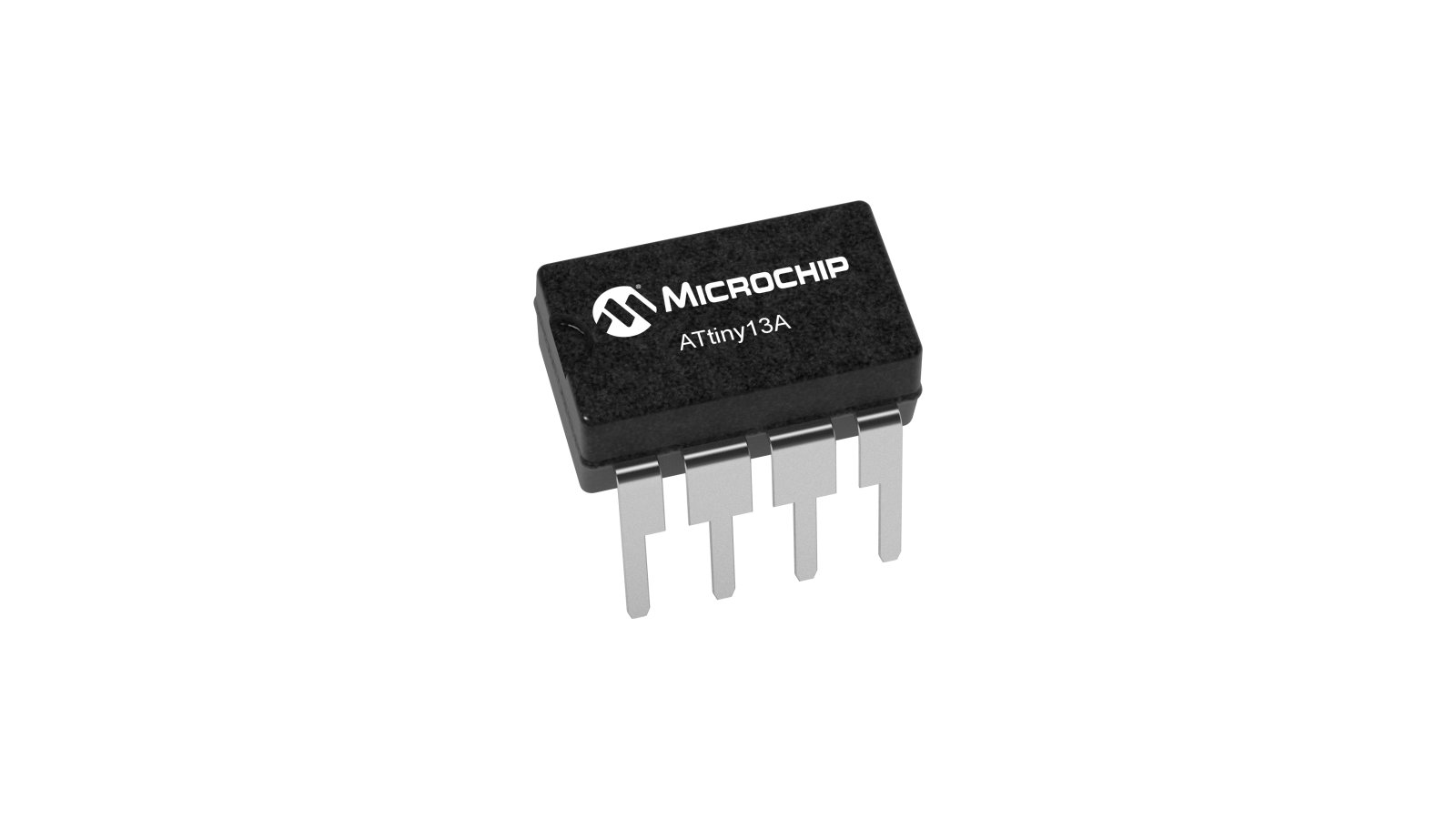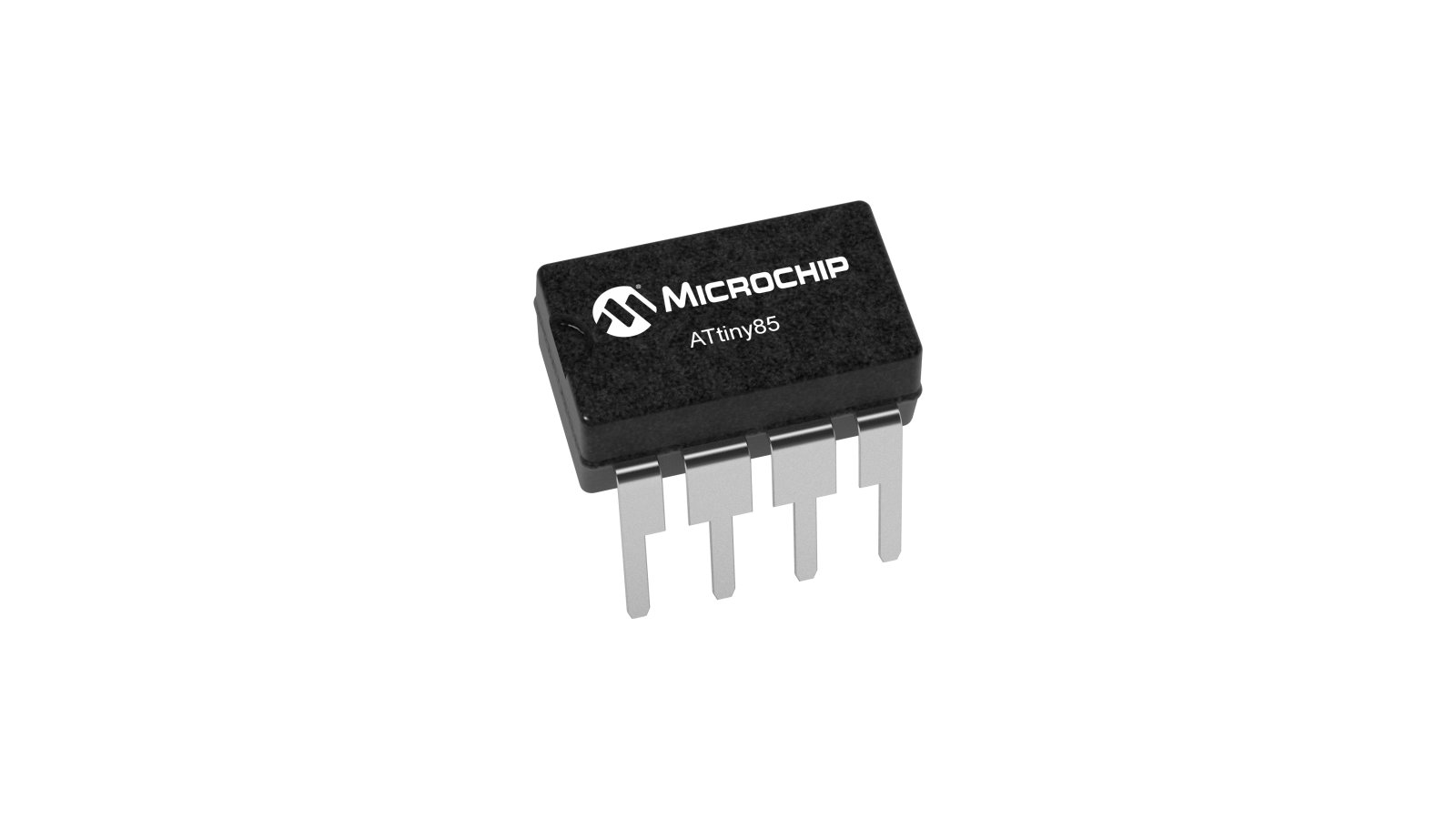Sonocotta
Microcontroller Boards
Debuggers
Sonocotta
Microcontroller Boards
Debuggers
ATtiny Flasher is a handy device that allows you to use your favorite IDEs and debugging tools when developing for the ATtiny microcontroller. Enjoy the classic Arduino development experience while working with bare metal. Whether you’re a design engineer, a hobbyist, or someone who’s just getting started programming MCUs, ATtiny Flasher can help you get from a great idea to a great implementation—without having to port your code to its intended platform when you’re done.
After implementing numerous projects using the wonderful ATtiny family of MCUs, we’ve come away with a number of ideas about how to simplify the process. Our goal is to make ATtiny chips as easy to work with as more "grown up" MCUs:
Having built a product that ticks all of those boxes, we wanted to put ATtiny through its paces, so we designed a collection of simple, affordable, breadboard-compatible project kits that are easy to understand, fun to build, satisfying to use, and well suited to extension and modification. There are five of them in all, and they are a great way to learn about ATtiny programming:
The prototype shown in the video above includes an off-the-shelf Arduino Nano hosted on the ATtiny Flasher carrier board. In our final production design, the functionality of the Arduino Nano will be integrated into the ATtiny Flasher board itself.
ATtiny supports the following functionality:
| ATtiny Flasher | USBASP | Adafruit USBtinyISP AVR Programmer | Arduino as ISP | Digispark Tiny85 | |
|---|---|---|---|---|---|
| MCU firmware flashable via ISP header | Atmega/ATtiny series | Atmega/ATtiny series | Atmega/ATtiny series | Atmega/ATtiny series | No |
| MCU firmware flashable via built-in socket | ATtinyx5/ATtiny13 series | No | No | No | No |
| MCU firmware flashable via breadboard | ATtinyx5/ATtiny13 series | No | No | No | No |
| MCU firmware flashable via onboard USB | No | No | No | No | Yes |
| Flash using Arduino IDE, Platformio, etc. | Yes | Yes | Yes | Yes | Limited support for Arduino IDE |
| Breadboard "flash and run" ¹ | Yes | No | No | No | No |
| Operating voltage | 5 V or 3.3 V (user selectable) | 5 V | 5 V | 5 V or 3.3 V (user selectable) | 5 V |
| High-voltage programming | Yes | No | No | No | No |
| Onboard serial screen | Yes | No | No | No | No |
| Serial over USB | Yes | No | No | Yes | No |
| GPIO LEDs | Yes | No | No | No | No |
| Status LEDs | Yes | No | No | Yes | No |
¹ Allows you to perform the full code → flash → test → code cycle without adding or removing anything to or from the breadboard (including the MCU and the programmer).
You will find our firmware and our hardware design files in our official GitHub repository. For information about the organization and some of our other projects, have a look at our Website. And if you’d like to ask us a question, please feel free to reach out using the Ask a technical question link on our campaign page.
We had JLCPCB and PCBWay do a pre-production run, and we’re quite happy with the resulting quality. We’ve also done our homework on full production runs and have quotes for batches of various sizes. As soon as our campaign hits its funding goal, we plan to order a small batch of the final revision for testing. Time permitting, we will share a few of those units with external testers as well. Once everything is shipshape, we’ll place the order!
After testing and packaging the production batch of ATtiny Flasher boards, we will send them on to Crowd Supply’s fulfillment partner, Mouser Electronics, who will distribute them to backers worldwide. You can learn more about Crowd Supply’s fulfillment service under Ordering, Paying, and Shipping in their guide.
The shipping cost displayed below each product description is a flat rate for the entire order. If you add multiple ATtiny Flasher products to your cart, you will only be charged once for shipping.
All projects of this nature face some level of risk when it comes time to order parts—a fact that’s never been more apparent than it is today, with this global chip shortage wreaking havoc on supply chains. The components used in the ATtiny Flasher design are relatively common, however, and we are constantly on the lookout for sources with available quantity.
The only other risk we’d like to mention has to do with the fact that we’ve shaved our margins quite thin for this campaign. Continued availability of ATtiny Flasher—beyond crowdfunding and the initial stocking order—will require one of two things: 1) a level of demand that allows us to place a manufacturing order with a reasonable price break, or 2) an increased price. Then again, is that a risk or is that just another good reason to order yours now? :)
"...a handy device that allows you to use your favorite IDEs and debugging tools when developing for the ATtiny microcontroller."
Produced by Sonocotta in Wroclaw, Poland.
Sold and shipped by Crowd Supply.

ATtiny Flasher with OLED screen.

ATtiny85-driven "traffic light"

ATtiny85-driven "USB rubber ducky" tool capable of emulating keyboard & mouse devices

ATtiny85-driven IR remote transmitter & receiver

ATtiny85-driven circle of addressable LEDs

ATtiny85-driven digital clock

From the Crowd Supply Basics project.
A half-size (3.25 x 2.125 in ~ 8.3 x 5.4 cm) breadboard with a self-adhesive backing

From the Crowd Supply Basics project.
A 20 MHz, 8-bit, 8-pin DIP AVR MCU with 6 I/O, 1 KiB flash, 64 B SRAM, 64 B EEPROM, a SPI interface, and an input voltage range of 1.8 - 5.5 V.

From the Crowd Supply Basics project.
A 20 MHz, 8-bit, 8-pin DIP AVR MCU with 6 I/O, 8 KiB flash, 512 B SRAM, 512 B EEPROM, a USI interface, and an input voltage range of 2.7 - 5.5 V.